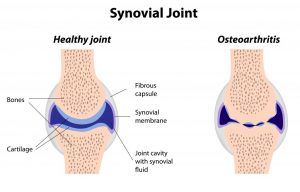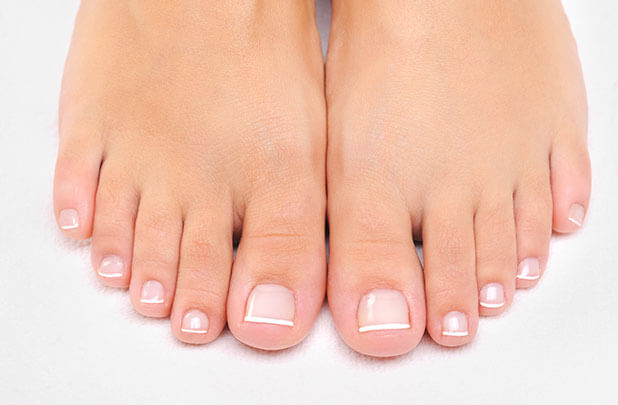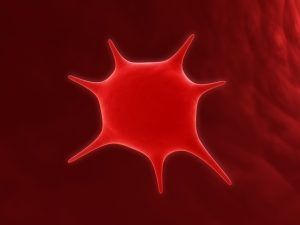Meta-Analysis Shows PRP Improves Tennis Elbow
Tennis Elbow
Lateral epicondylitis, more commonly known as tennis elbow, is the most frequent reason people see the physician for elbow pain. Tennis elbow is a swelling of the tendons that connect the lower arm to the elbow and is caused by any repetitive, gripping type activities – not just tennis. Corticosteroid (CS) injections offer short-term relief and have been the treatment of choice since the 1950s, but since several studies have shown no long-term benefit from steroid injections clinicians are turning to newer biological therapies. Orthopedic researchers in Bangkok, Thailand conducted a systematic review and meta-analysis to compare the clinical effects of two biological treatment options, autologous blood (more…)




